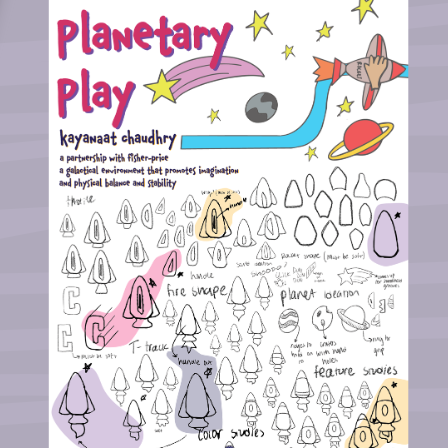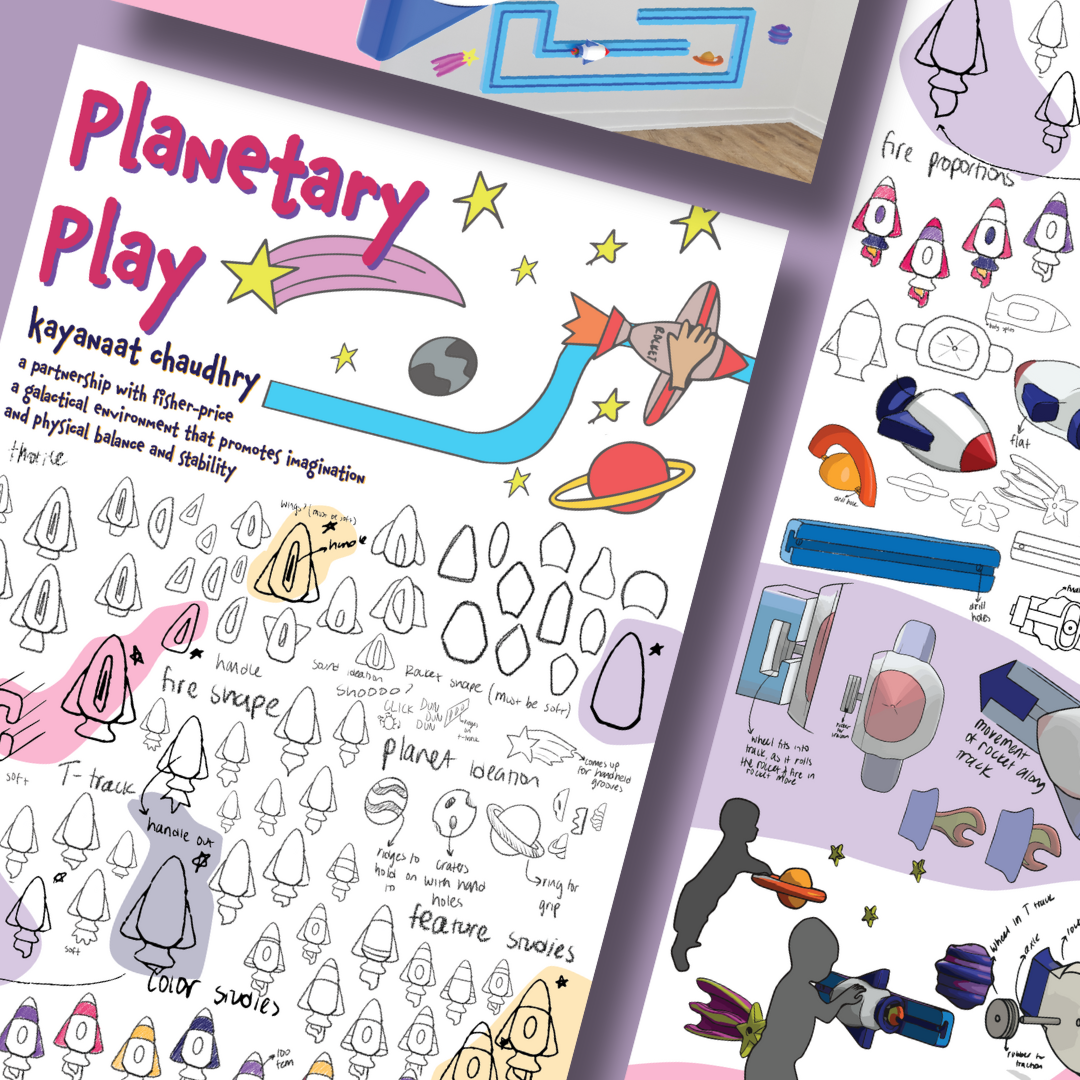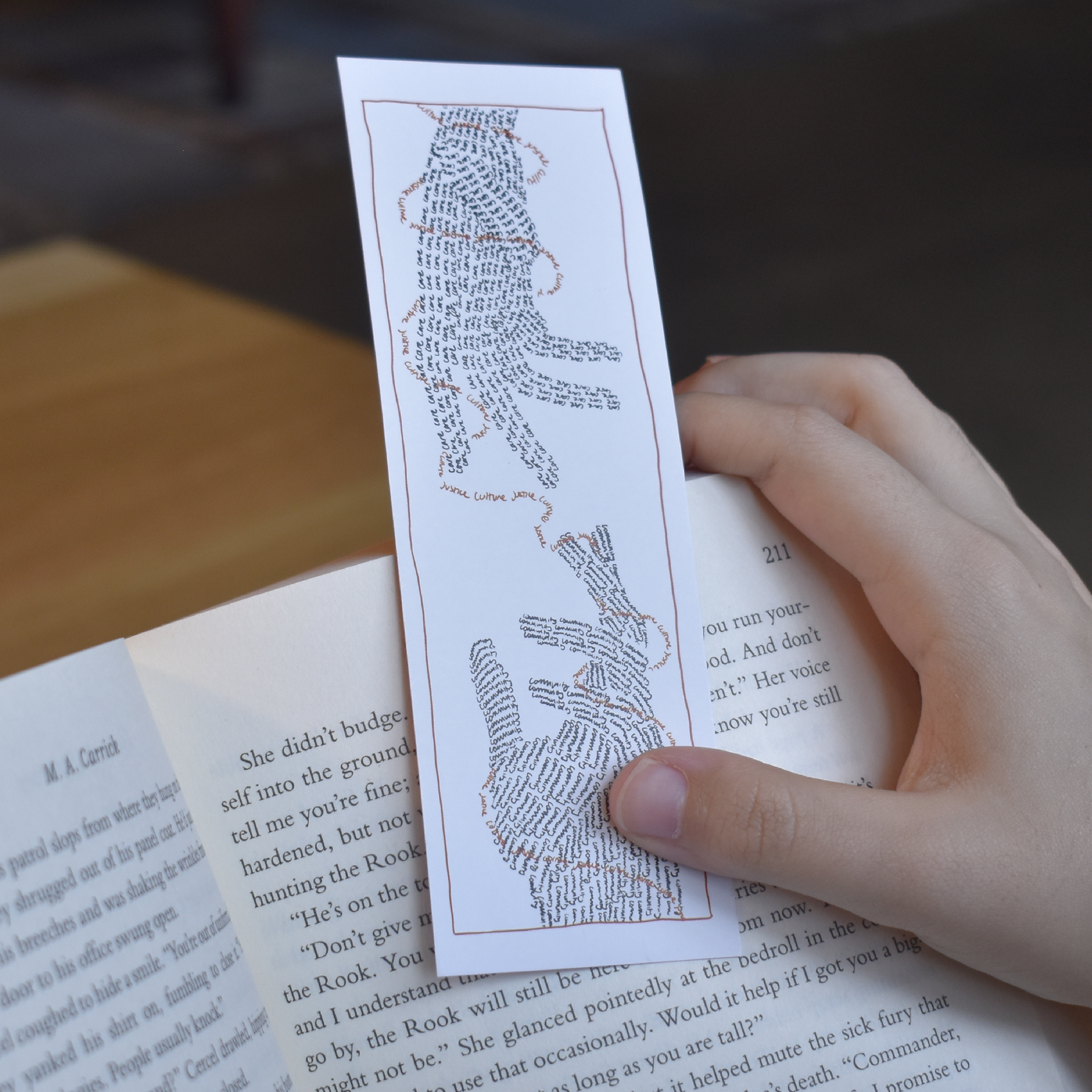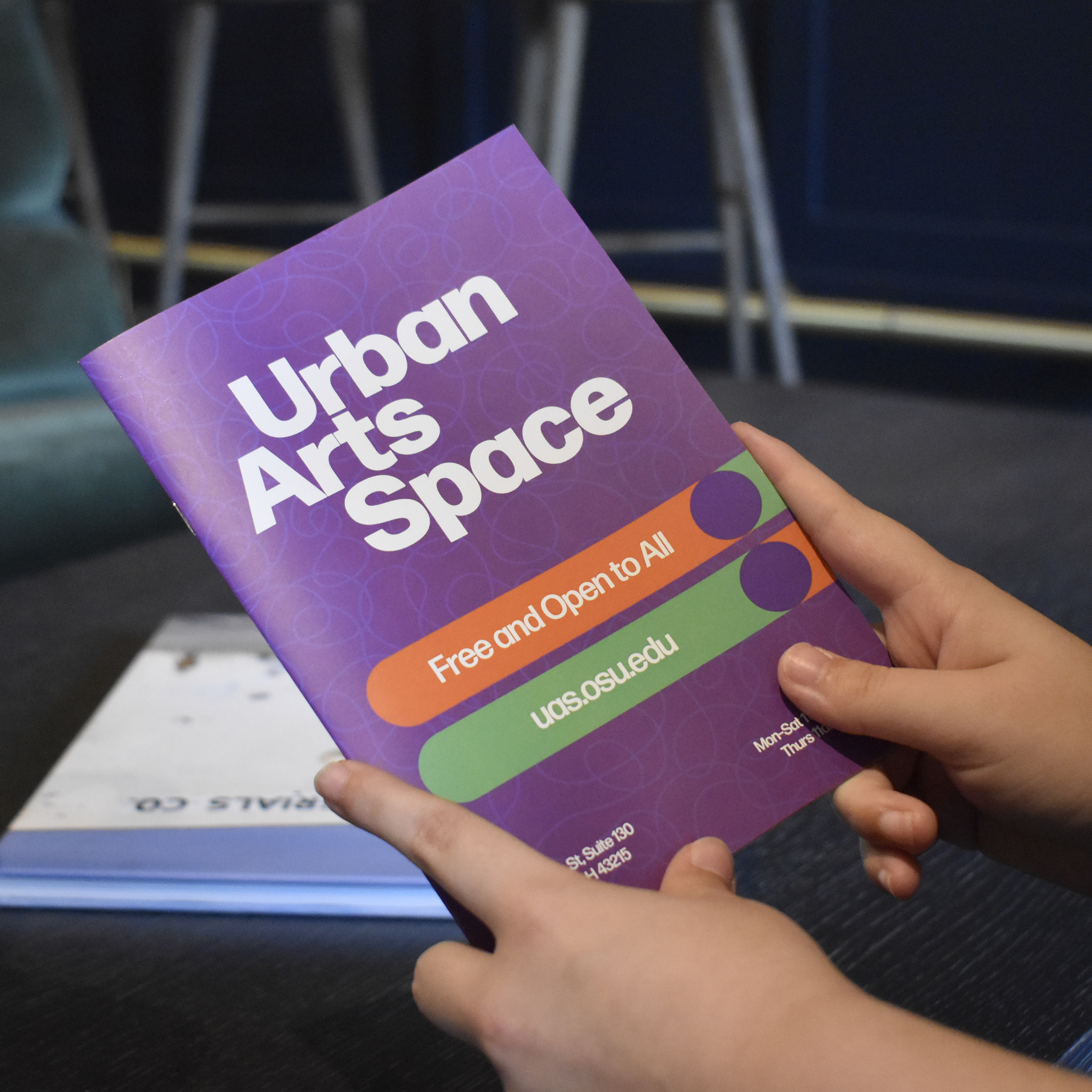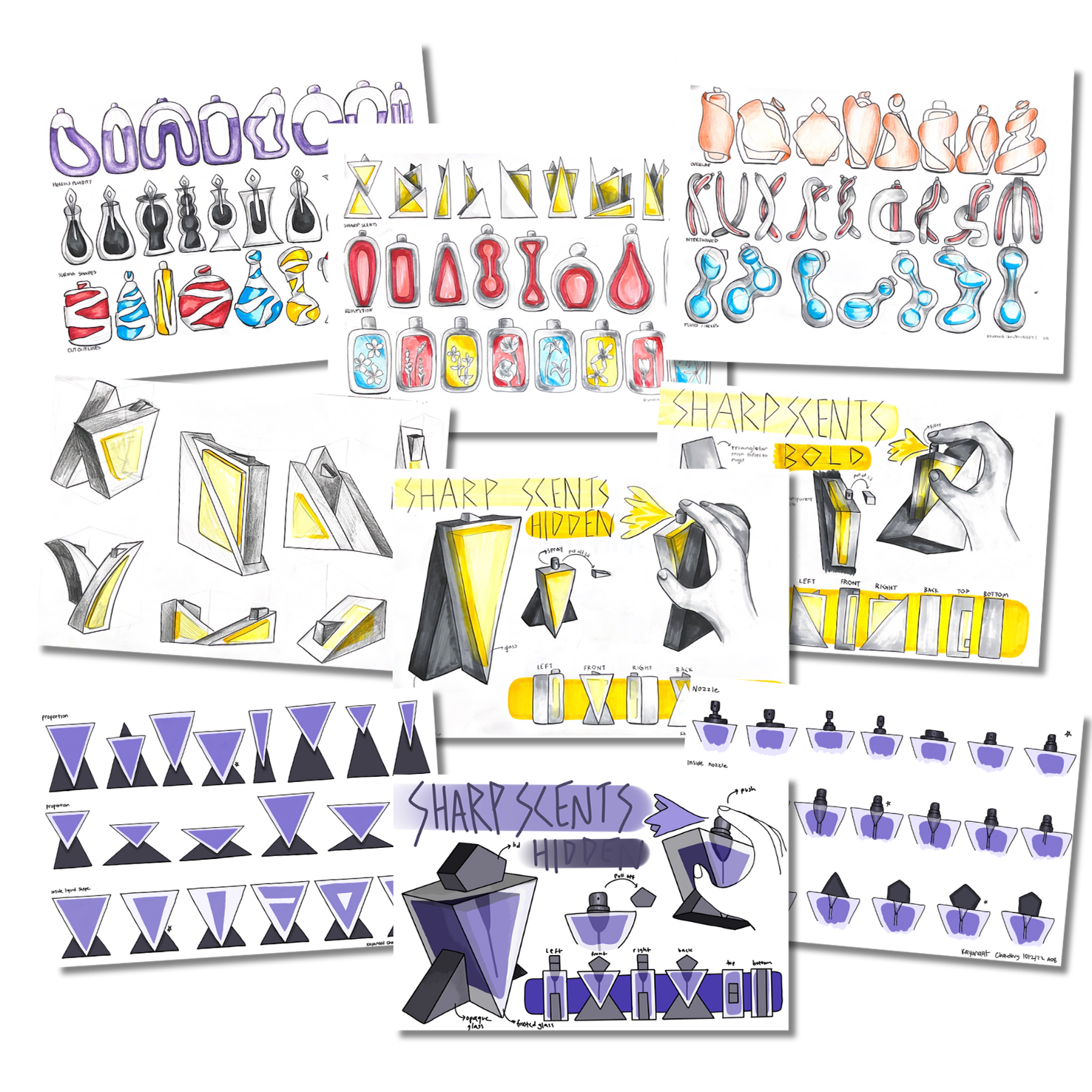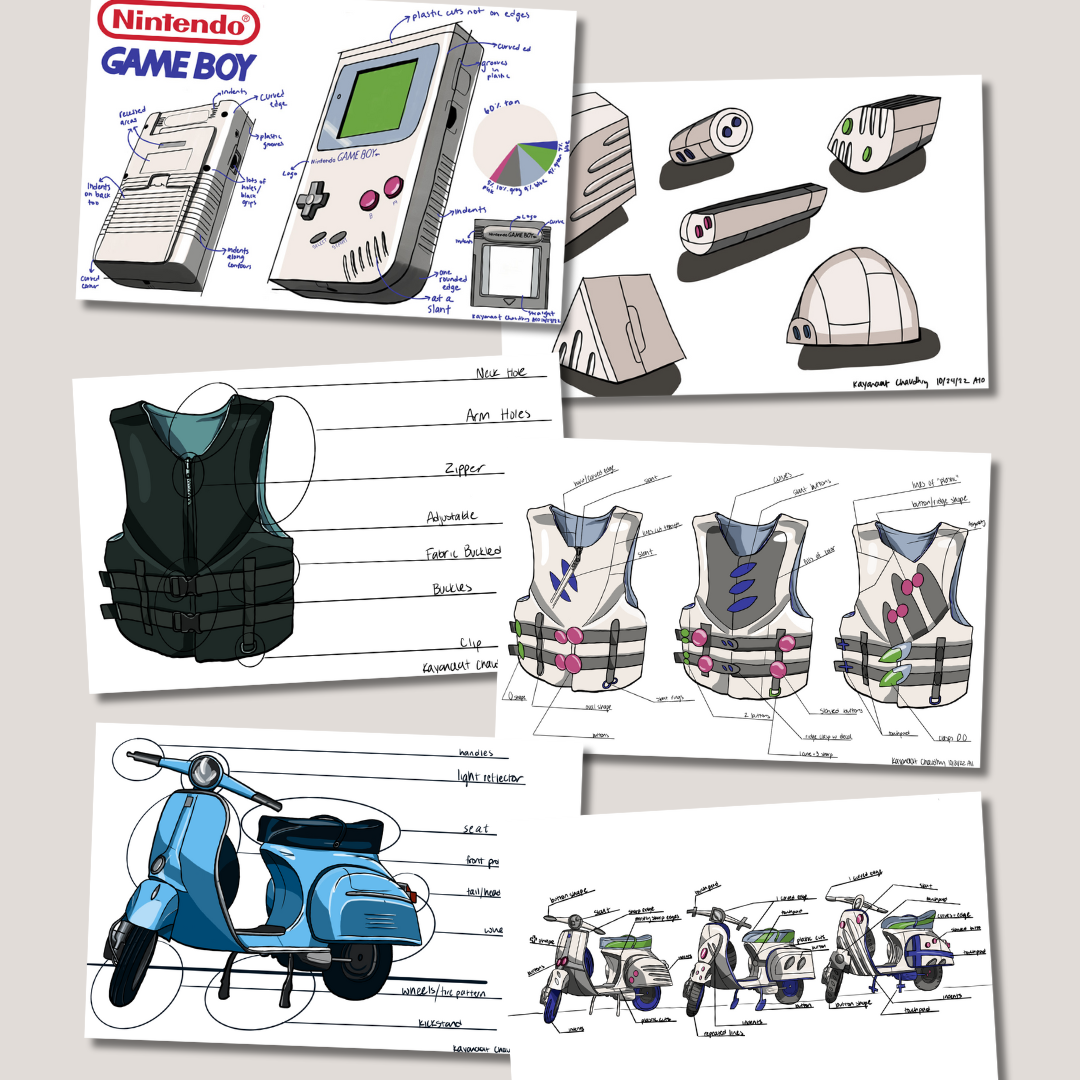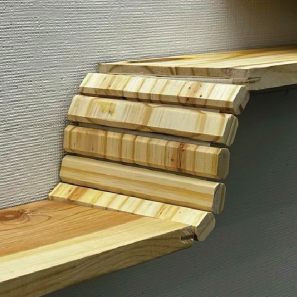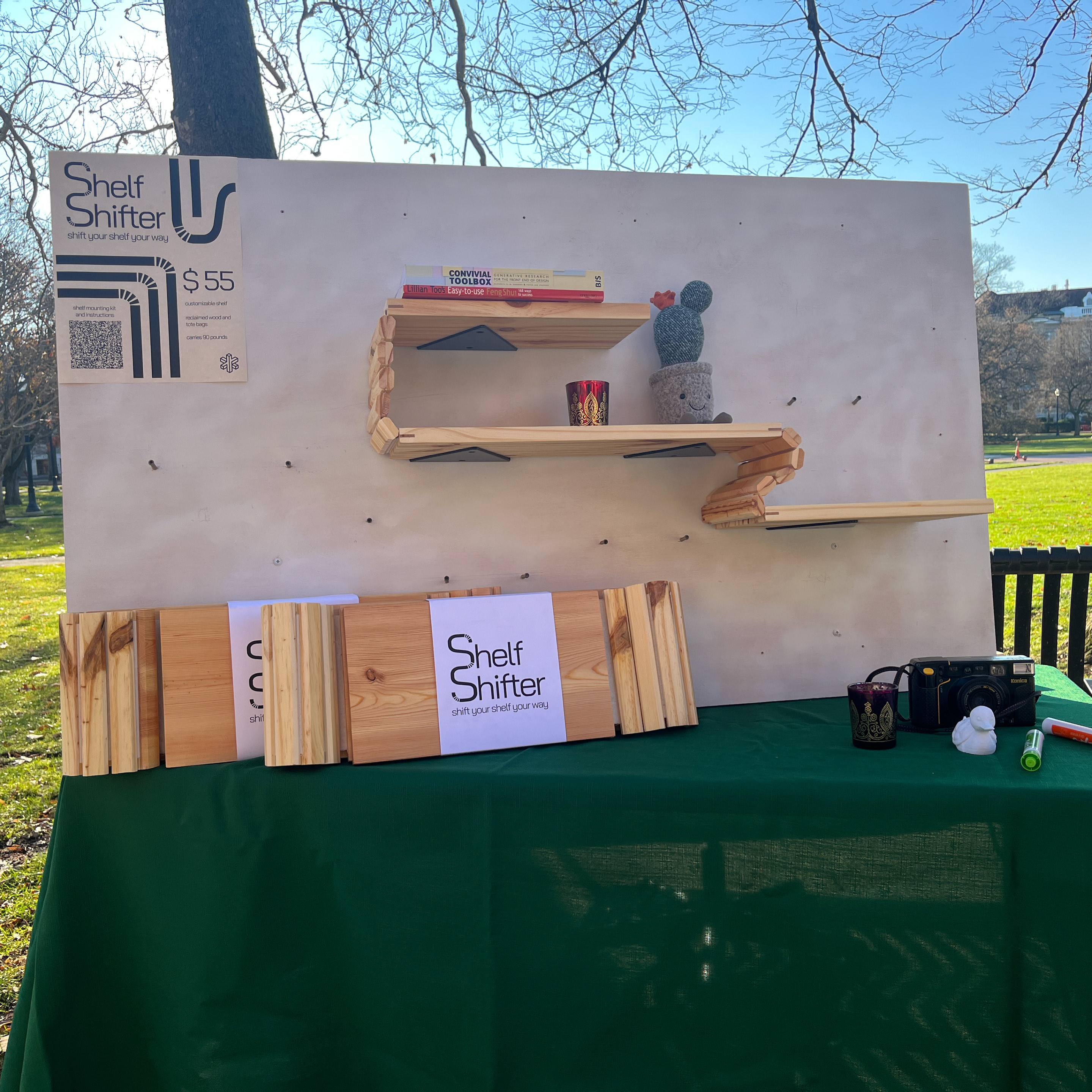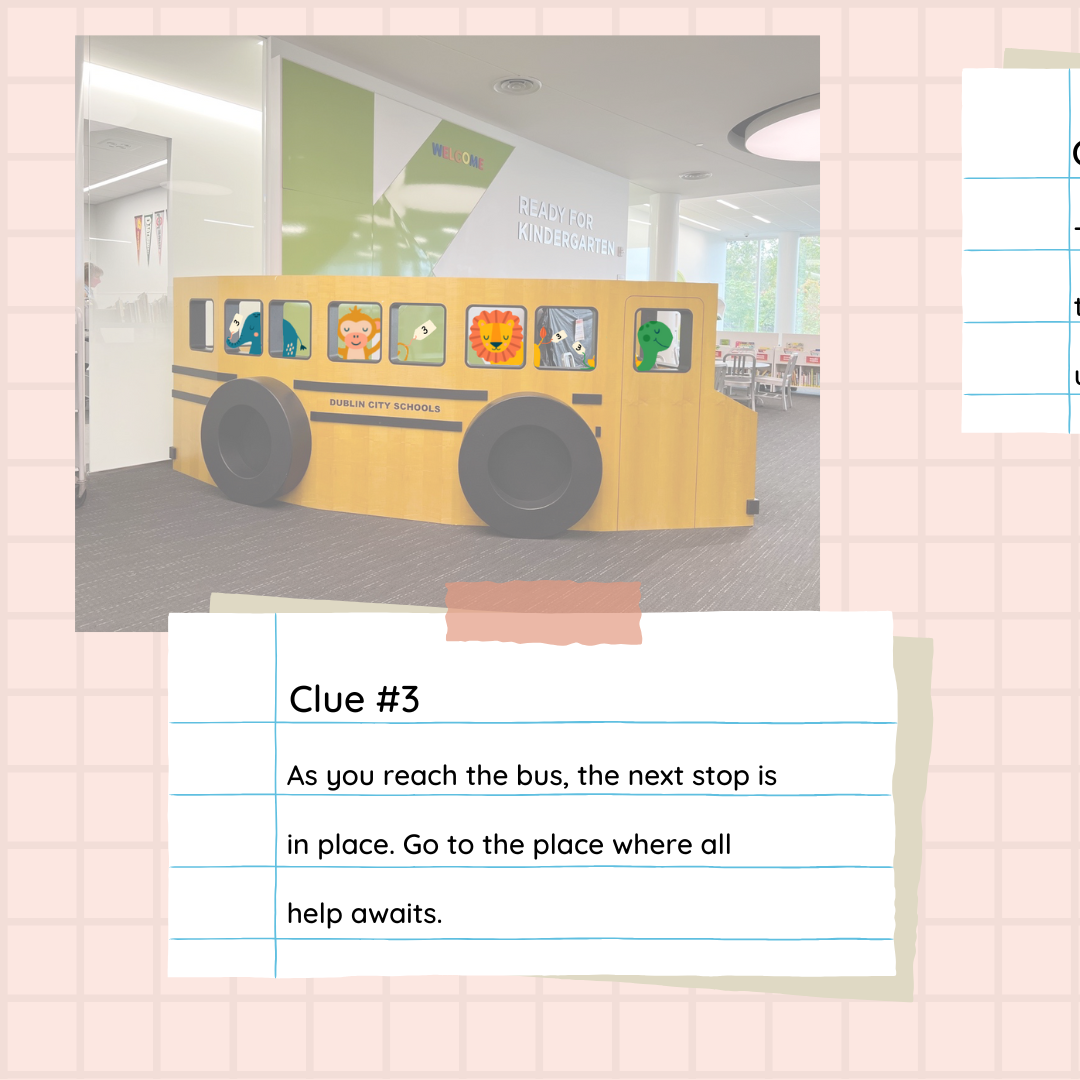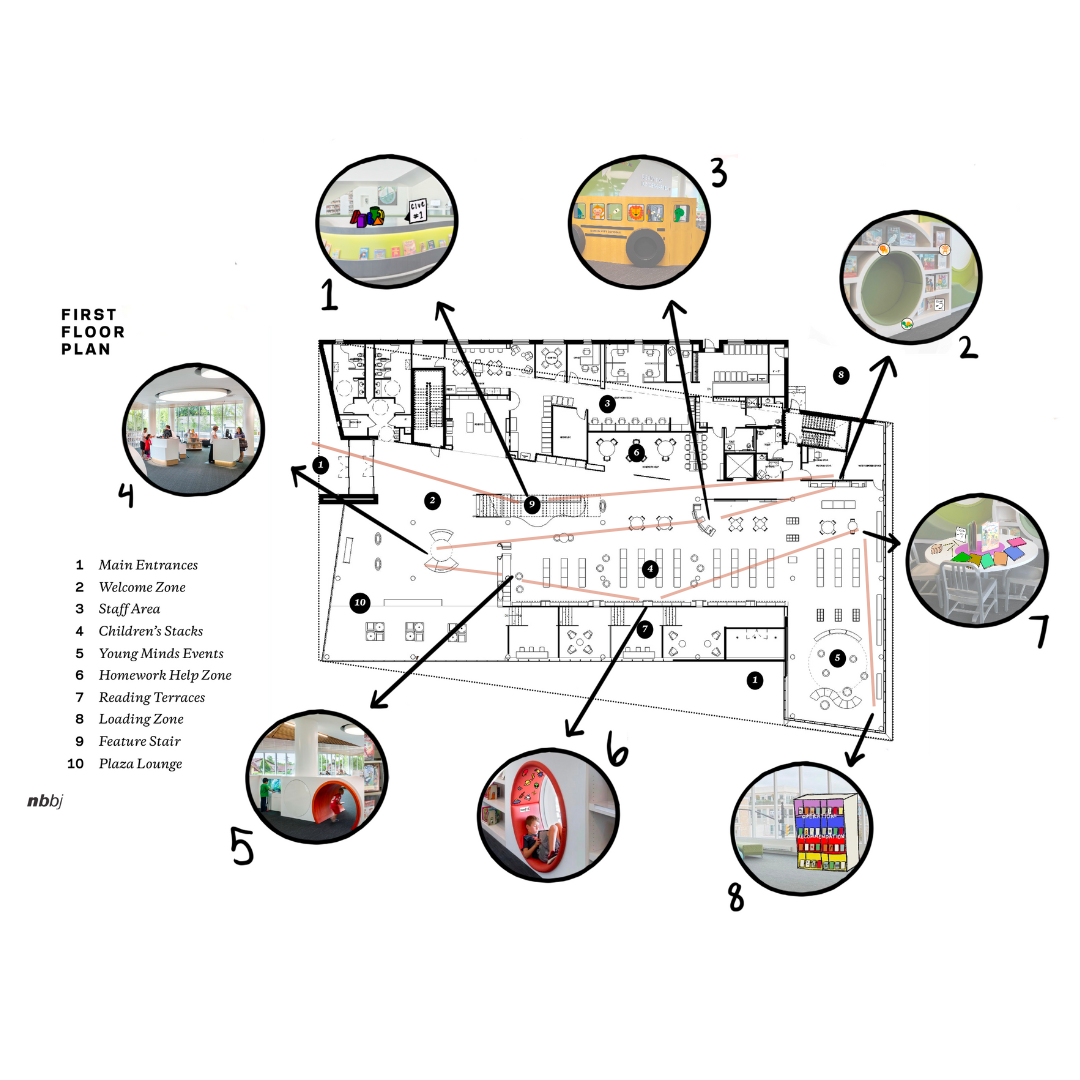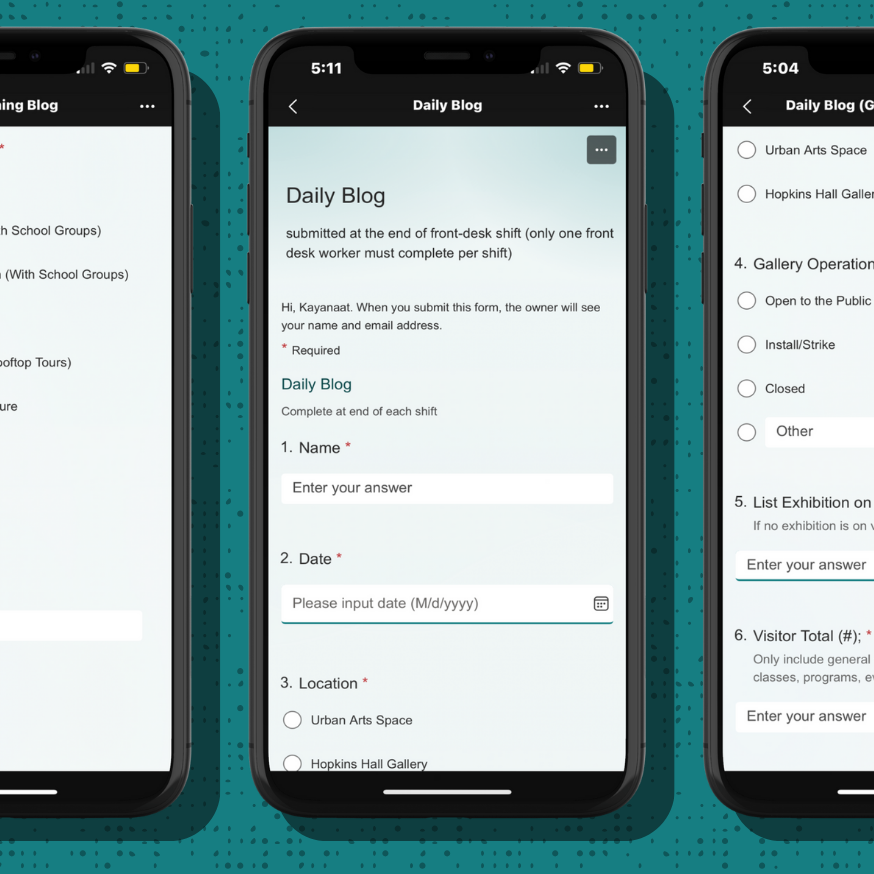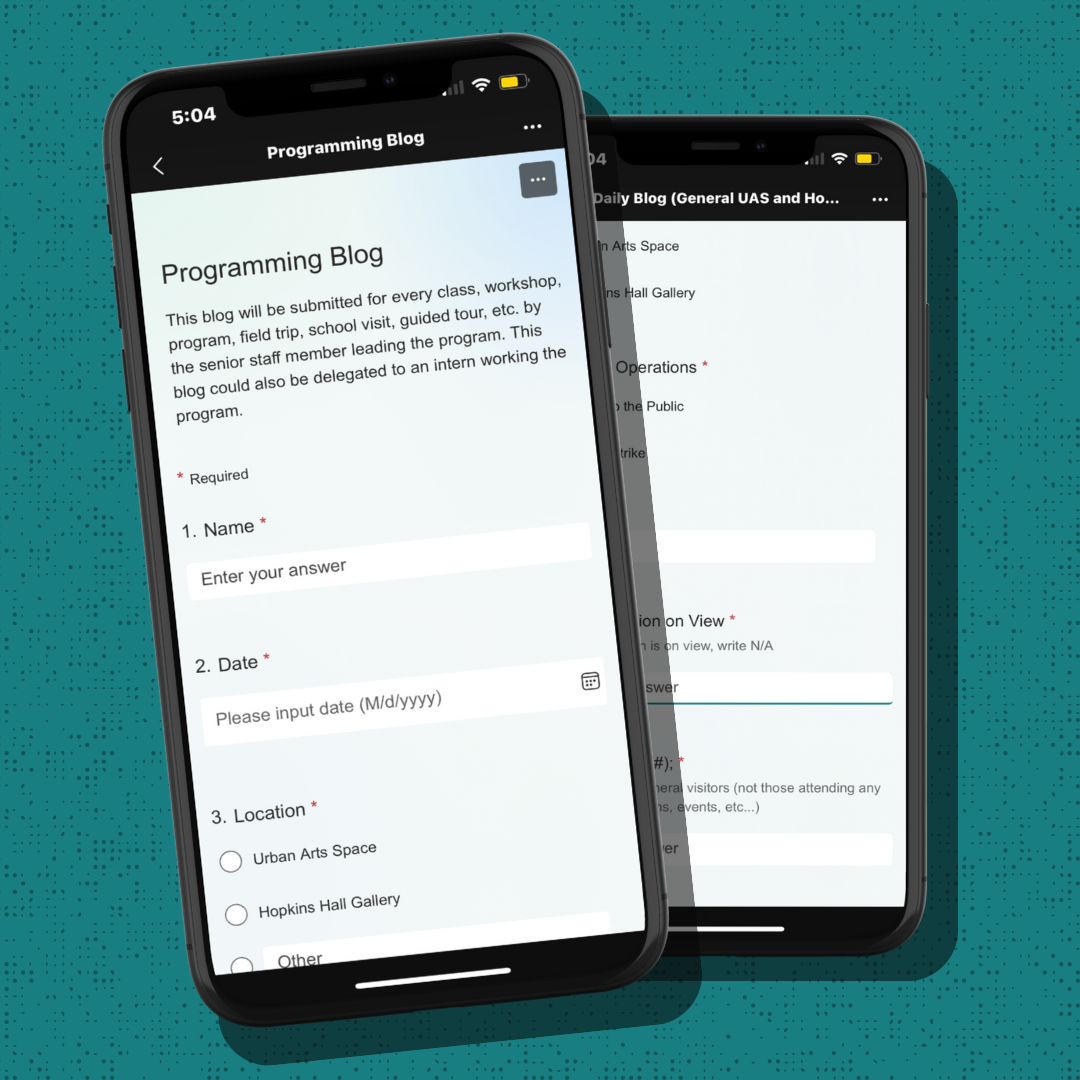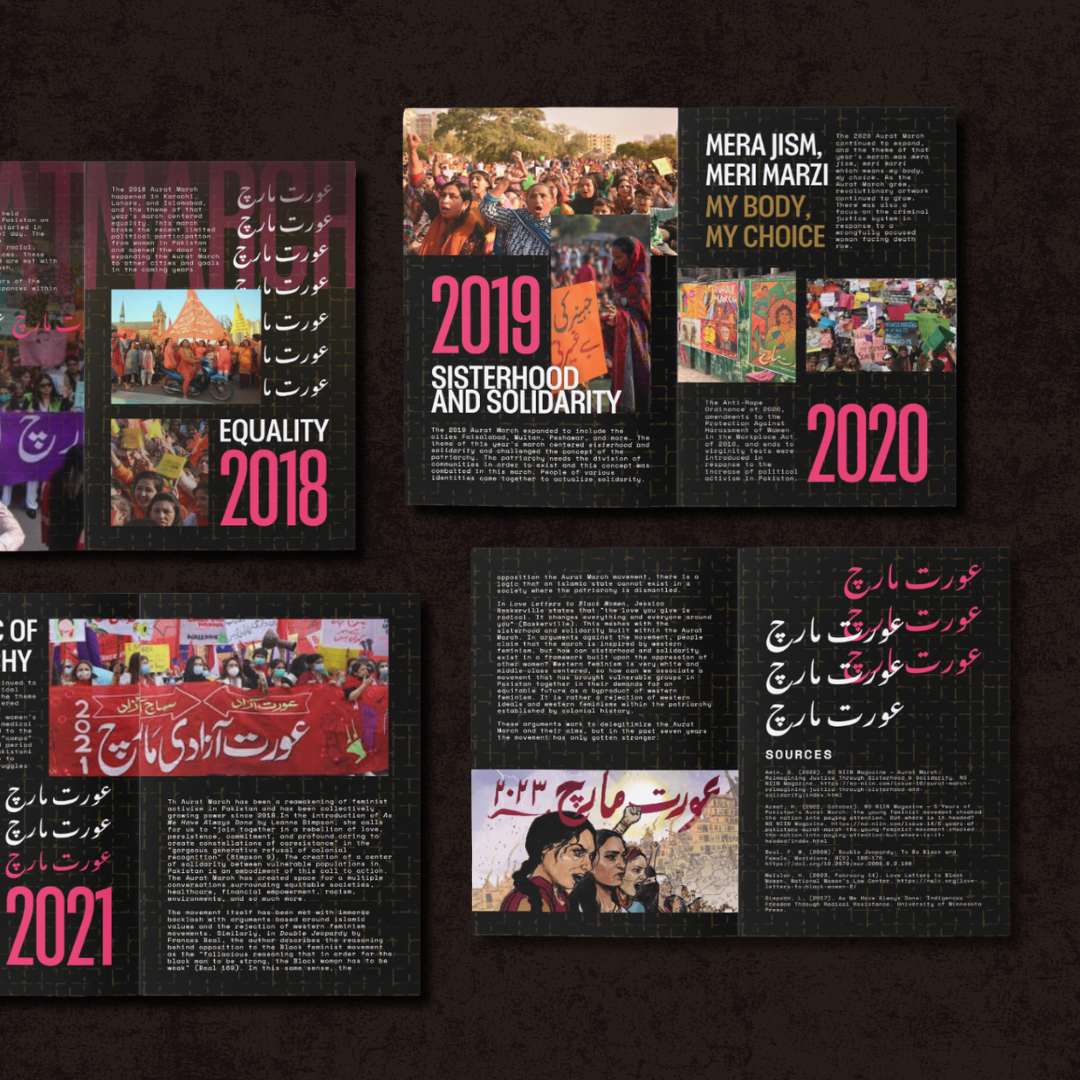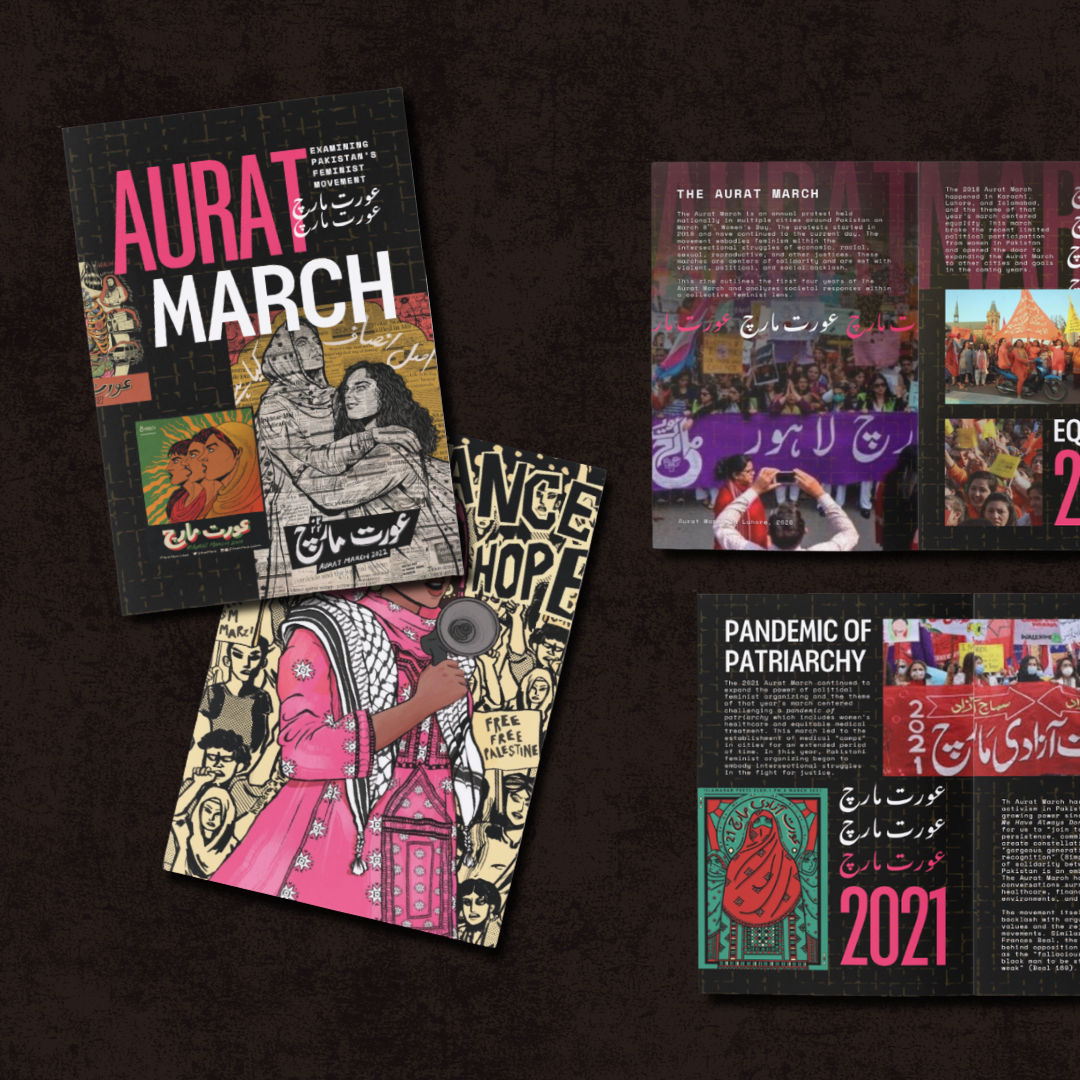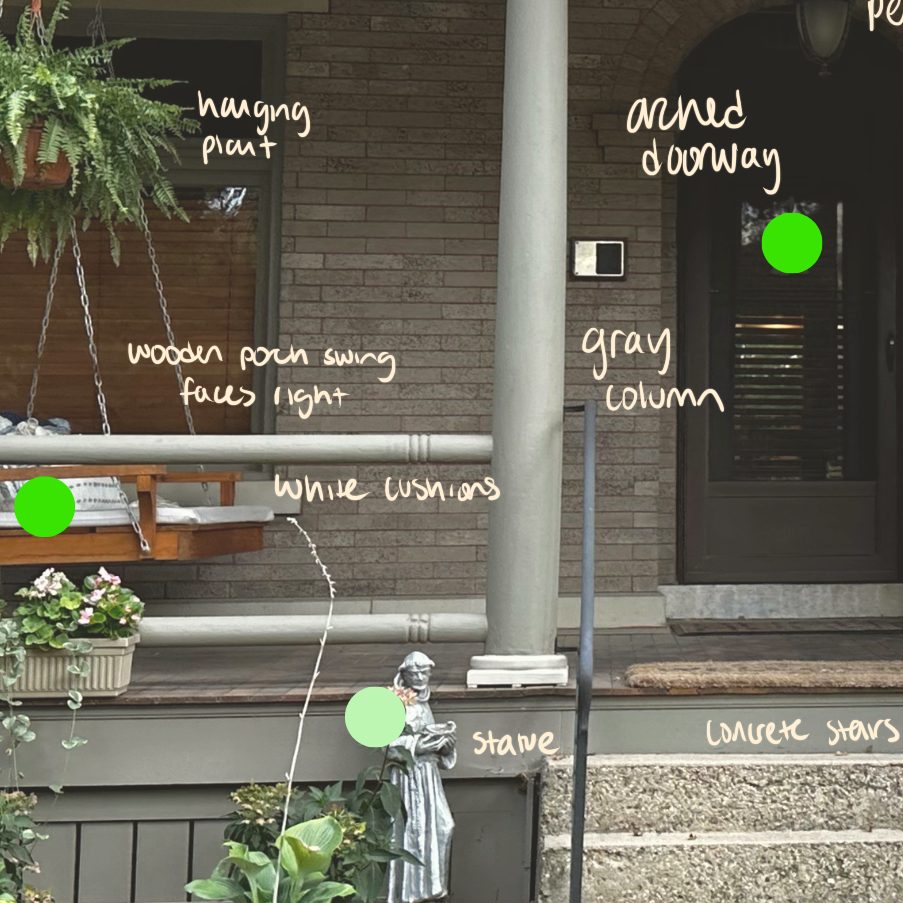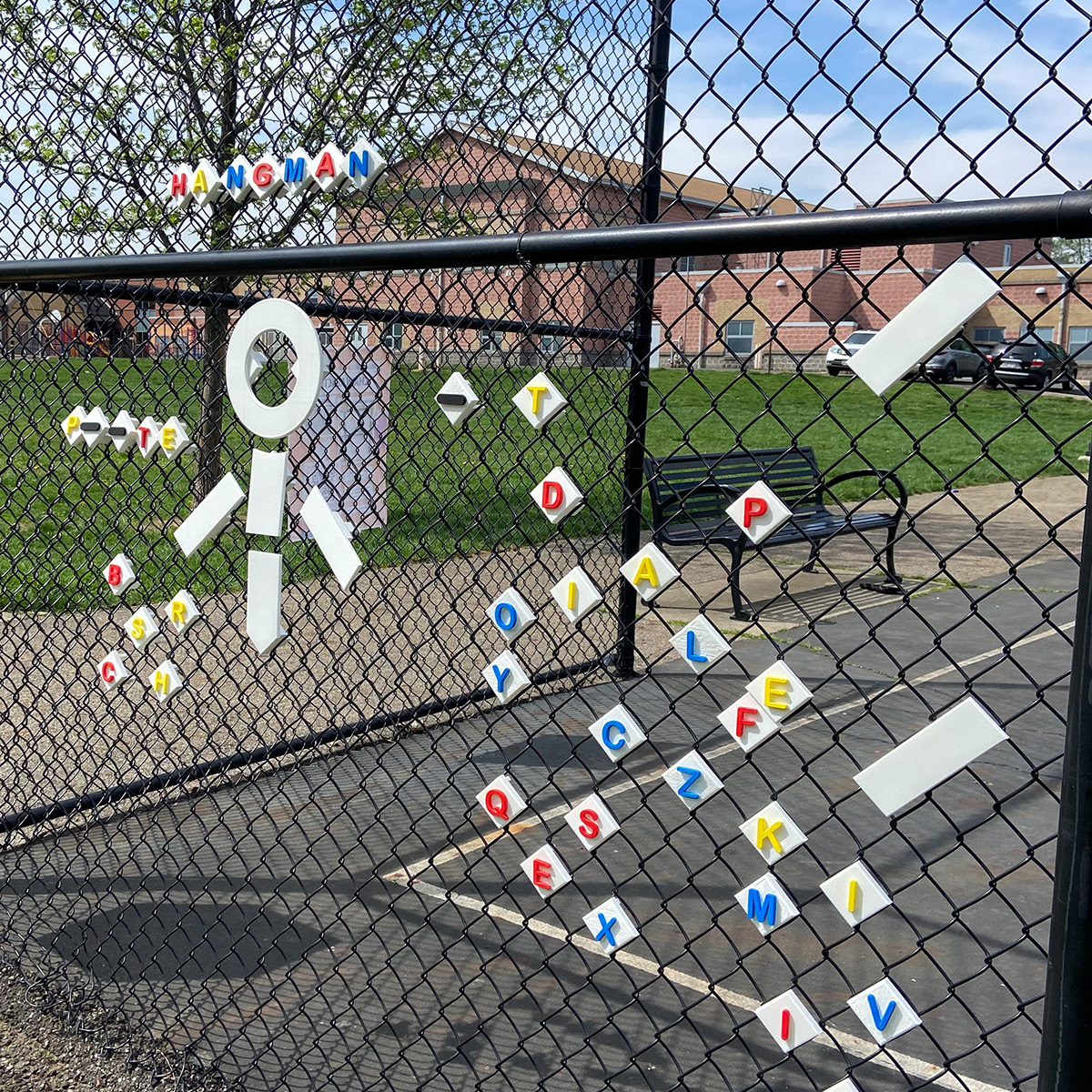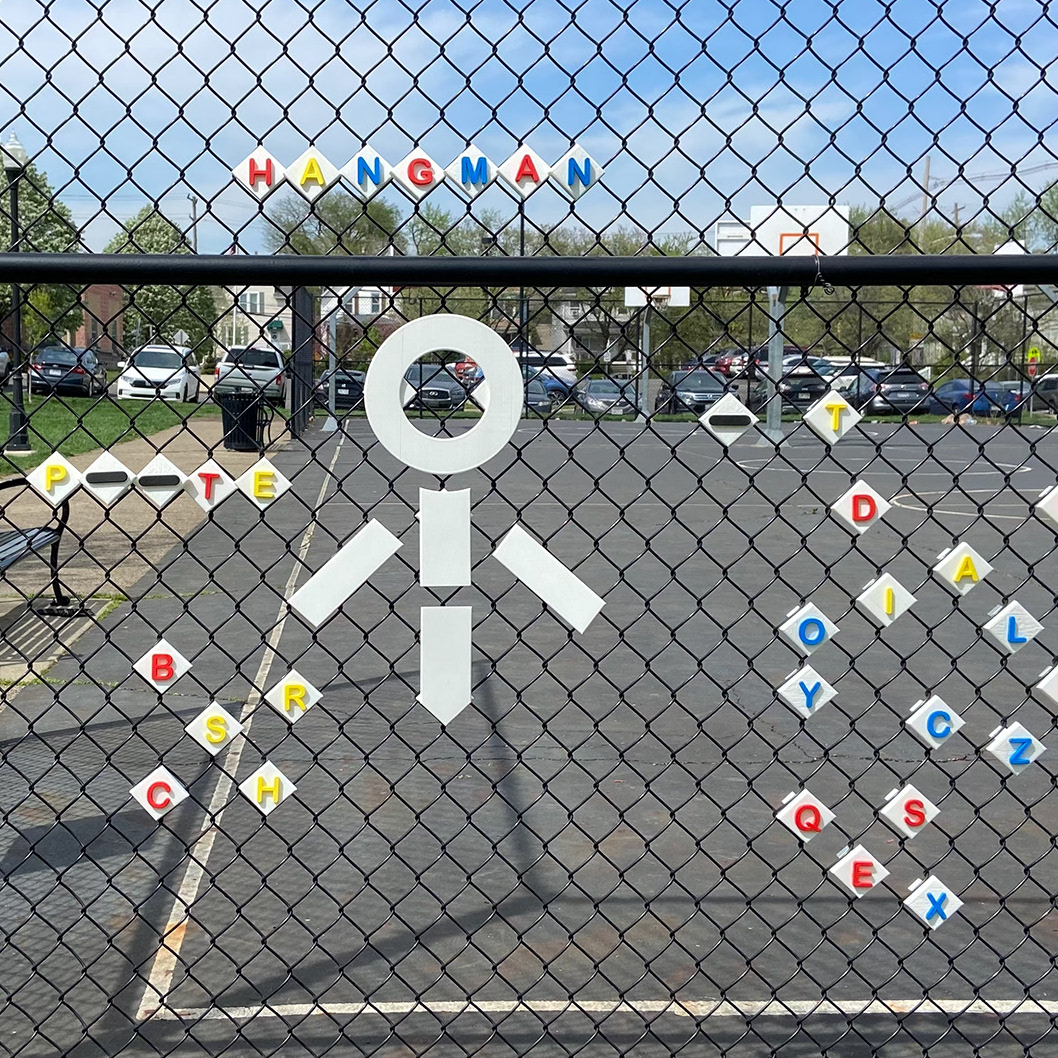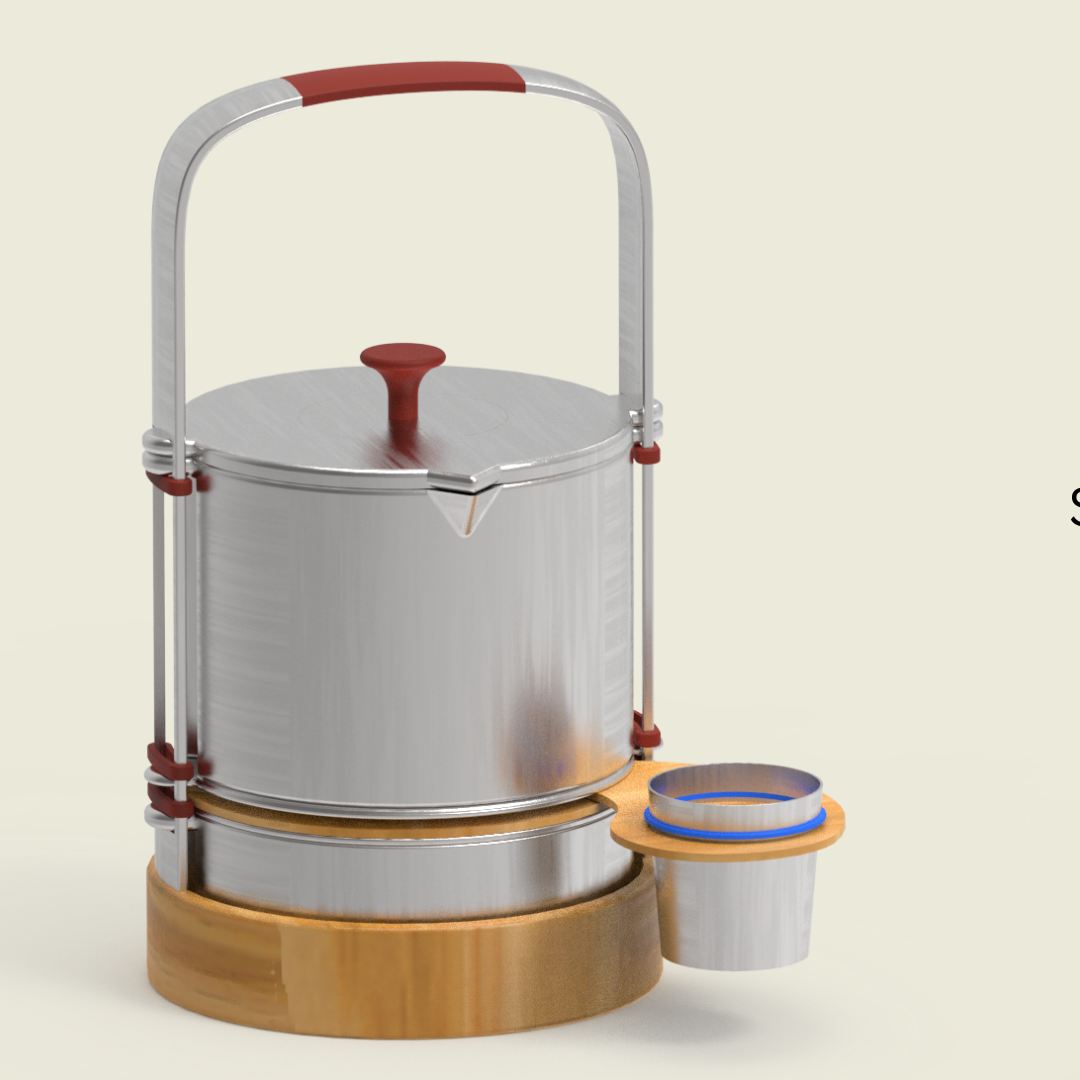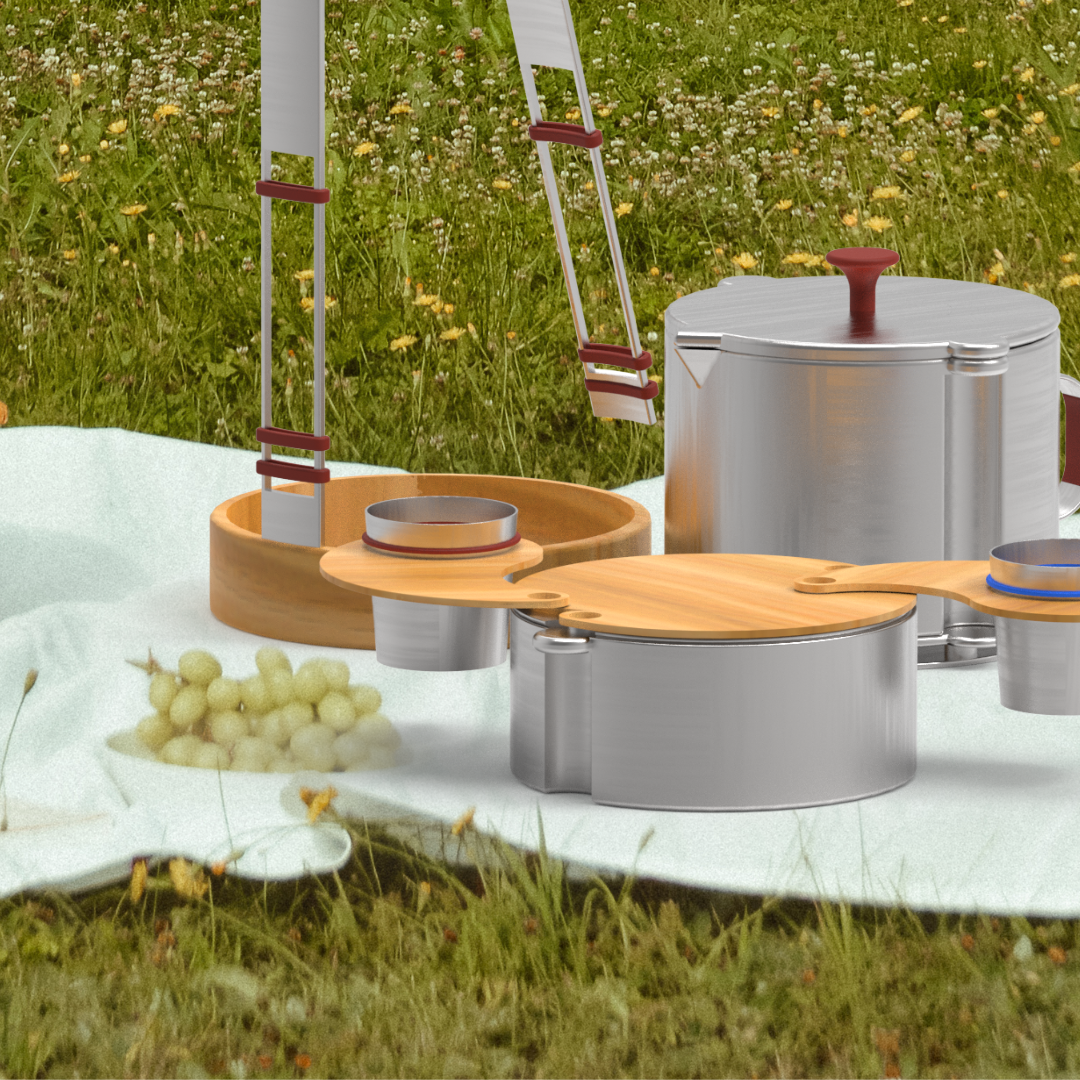This co-design research proposal explores how news and media affect perception towards Palestine and israel. This proposal was created based on techniques described in the book "Convival Toolbox" by Liz Sanders and Pieter Jan Stappers. and it was developed under the supervision of Liz Sanders.
objectives, preconceptions, and secondary research
The primary objective of this study is to understand whether consumption of Western-based media (CNN, New York Times, Washington Post...) and Middle-Eastern based media (Middle East Eye, Al-Jazeera...) from October 7th to November 22nd of 2023 affects how one perceives Palestine and israel. Some preconceptions that this proposal outlines are that the media supports what the government wants them to support, some news sources will be biased, specific terms will be repeated, opinions change based on media intake, and bigger news sources are seen as more credible. The secondary research needed to contextualize the results of this proposed co-design study are literature reviews of Palestine and israel and exploration of various media platforms.
co-designers and stakeholders
The co-designers (participants) of this study would have limited knowledge on Palestine and israel and be from various backgrounds and identities in order to dissuade any biases or pre-existing opinions. In order to successfully conduct this study, about sixty co-designers of at least eighteen years of age would need to be recruited. The stakeholders of this study include people living in Palestinian and israeli territory, governmental bodies of various countries, local communities, media platforms, businesses, corporations, militaries, and higher education institutions.
co-design workshop #1
The first workshop will split the co-designers into two groups with one receiving news from media within the United States (toolkit a) and one receiving news from Middle-Eastern sources (toolkit b). The co-designers will receive one piece of media from their respective groups everyday for a month and a half, coinciding with events in real-time, and they will document their thoughts in a journal provided to them by the researcher. The toolkits shown below are not fully developed and serve as a sample.
toolkit a sample (media from the united states):

toolkit b sample (media from the middle east):

sample co-designer journal entry:
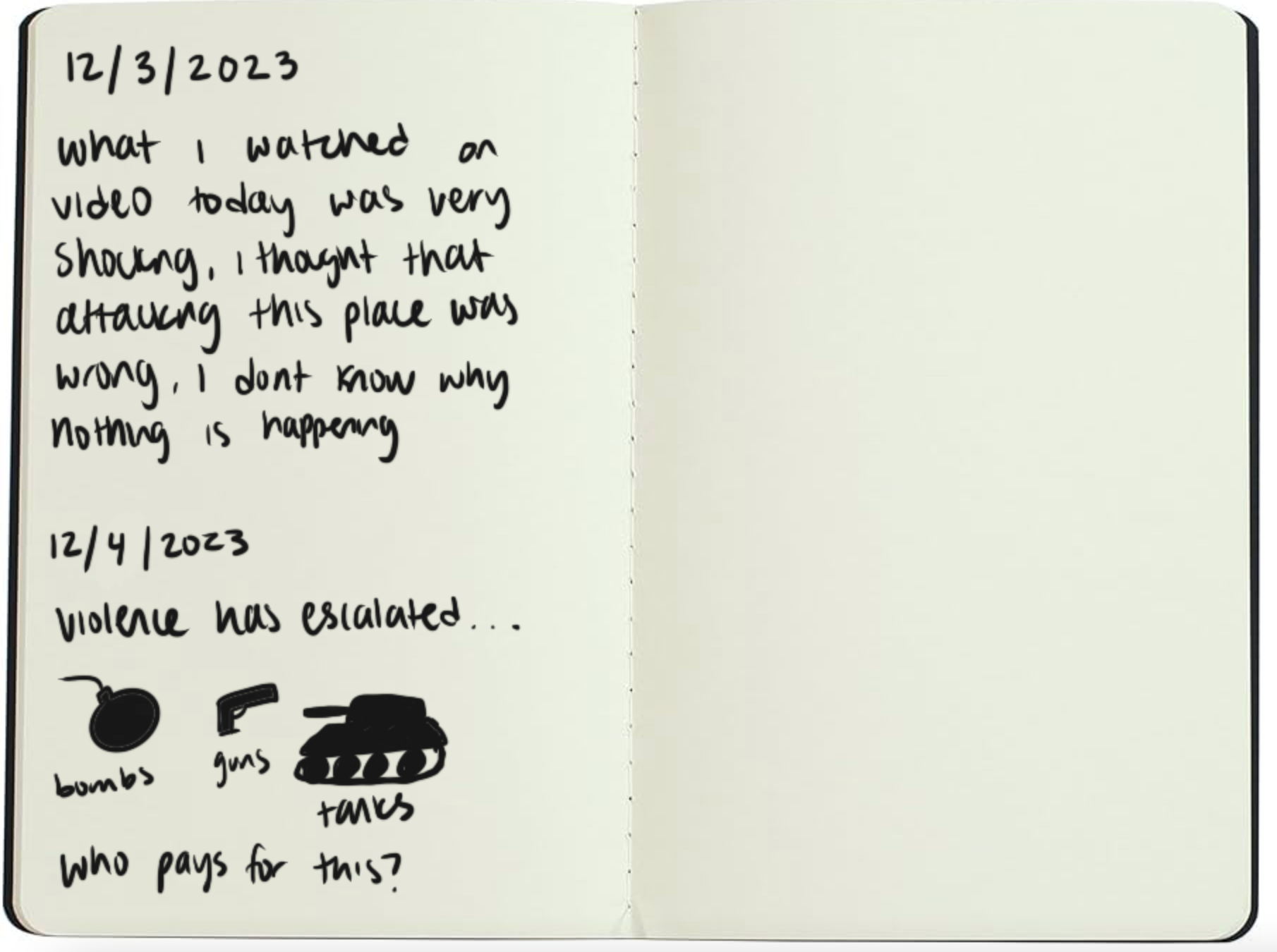
co-design workshop #2
The second workshop will be a hybrid workshop consisting of physical tasks of creating and digital viewings. Co-designers are encouraged to bring their journals for reference during this workshop. The first activity will consist of using a toolkit with images, words, pens, and paper to visualize the relationship between Palestine and israel. The second activity consists of viewing other co-designers' visualizations through an online gallery to prevent peer-pressure and bias and documenting thoughts. The third activity consists of providing co-designers with news articles from the other group (those who received media from the United States will receive Middle-Eastern-based media and vice versa), and co-designers will be asked to document their reactions in their journals. After this portion of the workshop, co-designers will have completed the study and will be asked to ship in their journals to the researcher. The toolkits shown below are not fully developed and serve as a sample.
activity #1 toolkit (visualize the relationship between Palestine and israel):
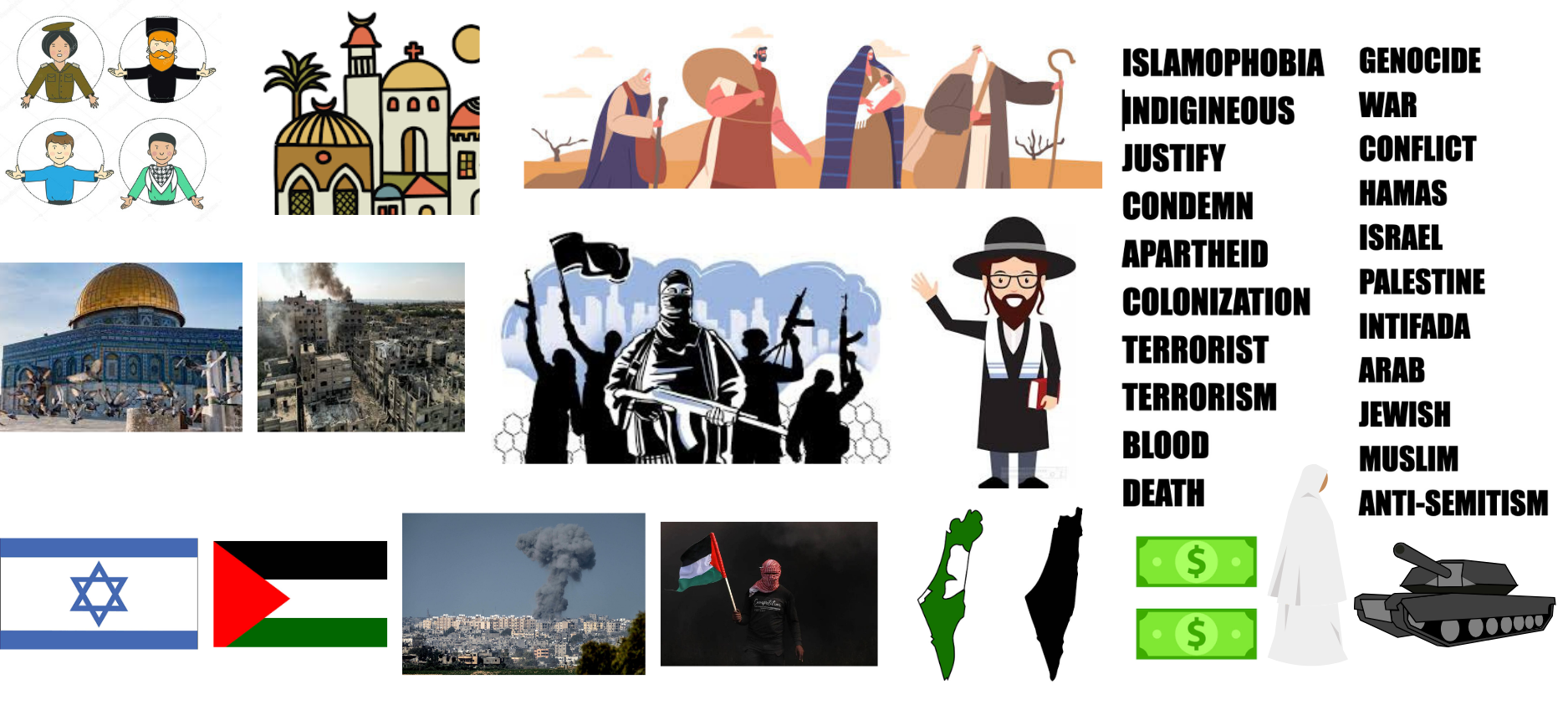
activity #2 (view other co-designers' visualizations and document):
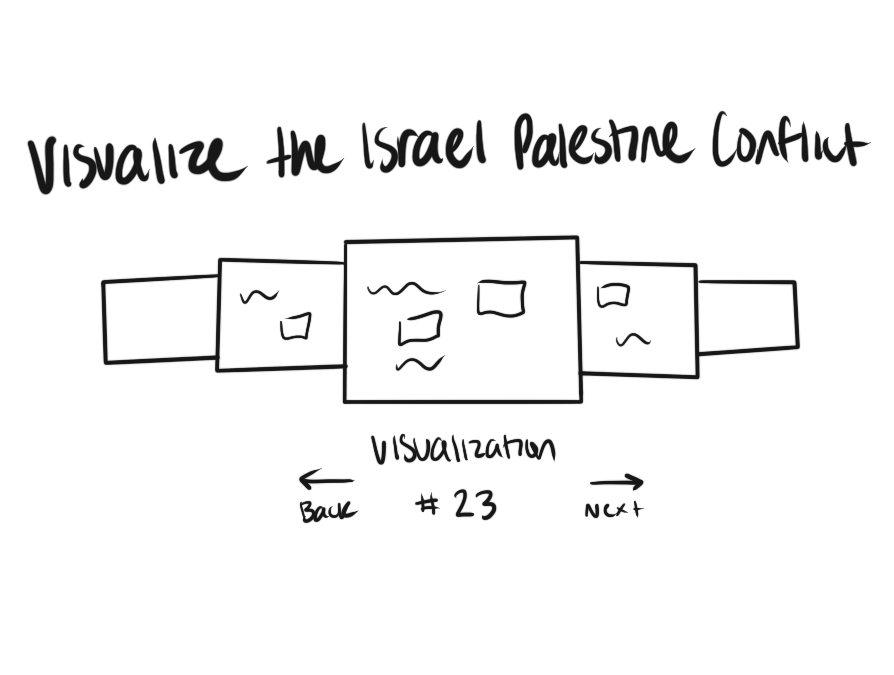
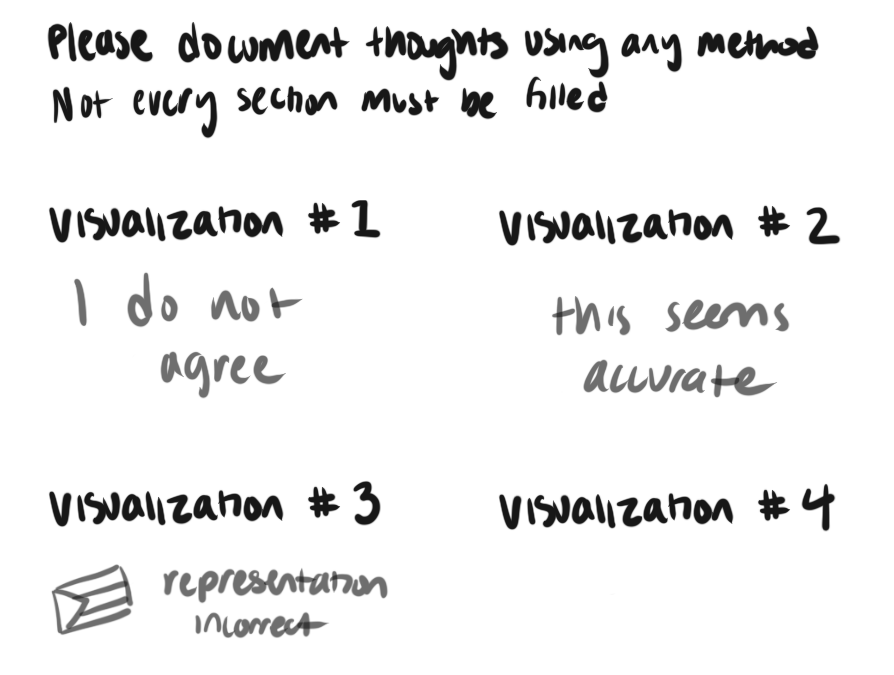
activity #3 (introduction to other media sources from co-design workshop #1 and document reactions):


analysis and deliverables
Analysis will be done through archival/analysis of method results, categorization of results, cross-analysis, and documenting repeated concepts. The deliverables from this study will be developed as a visual-based magazine with toolkits, raw results, and analysis.
view full presentation
